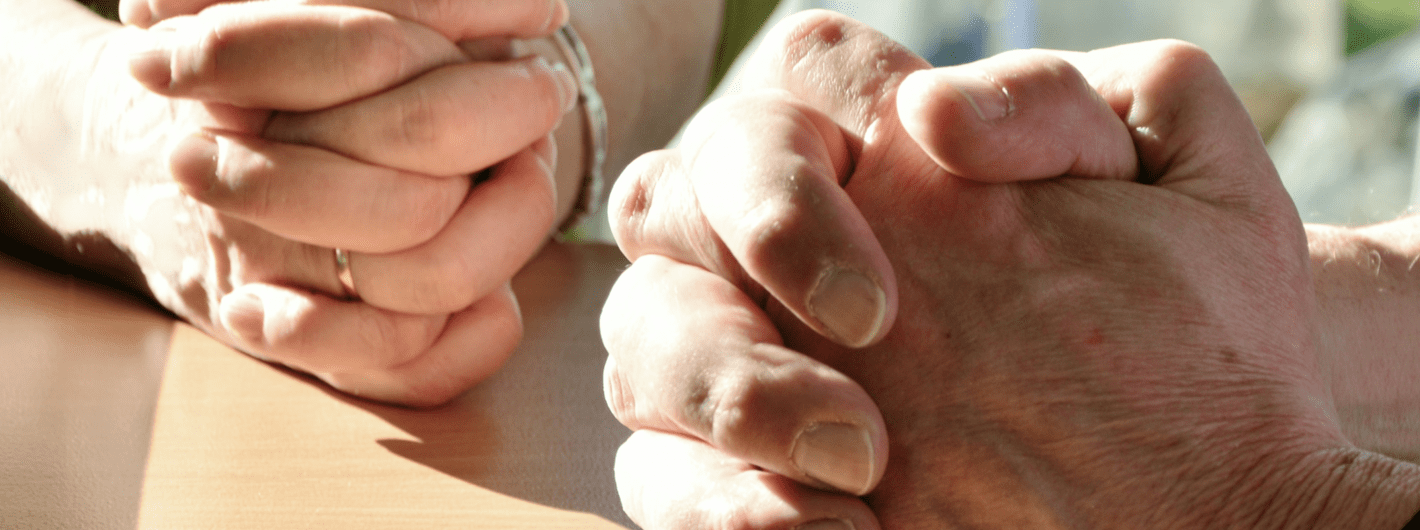Column by Archbishop Thomas Wenski, Archdiocese of Miami
In recent months, we have witnessed statues of civic heroes attacked and desecrated across the country: These have included personages of disputed reputations (for example, “heroes” of the Confederacy) but also statues of historic figures such as Christopher Columbus, Ponce de Leon, Ulysses S. Grant, Abraham Lincoln and Andrew Jackson, among others. None of these were “saints.” They were, like all of us, flawed human beings. But even “saints” have had, in many cases, unsavory pasts. For example, St. Peter denied Christ and St. Paul persecuted the nascent Church. Yet their images adorn many of our churches along with images of Jesus and his sinless Mother, Mary.
Given the polarization of our society, it was perhaps predictable that some also would have directed their anger at religious images and not merely secular ones. In recent weeks, a string of Catholic statues has been vandalized and desecrated. Here in Miami, the statue of Christ the Good Shepherd was beheaded outside of Good Shepherd Church; in Ocala, a man rammed his car into Queen of Peace Catholic Church and tried to set it on fire. The smoke ruined several works of religious art. Even though the motivations behind these attacks remain opaque, they are disturbing.
This new wave of iconoclasm does not merely involve the destruction of property and, in some cases, of priceless works of art; it also expresses contempt for the beliefs, values and practices of a faith community and could easily escalate to physical harm to members of these faith communities. And, in recent days, a Molotov cocktail was hurled against Sacred Heart Church in Weymouth, Massachusetts, the latest of a spate of attacks against Catholic properties in that state. This is why our Jewish brothers and sisters take very seriously any vandalism against their synagogues. History shows that their concern is not misplaced.
Sacred art tells a story, a story that is meant to draw us “to adoration, to prayer, and to the love of God” (Catechism of the Catholic Church, no. 2502). Statues, paintings, and even architecturally worthy buildings are works of art, and each work of art makes a statement. In the Catholic Church, sacred art is called “sacred” precisely because it is meant to lead a person to God — to the mystery that has inspired the statue, the painting, or the building.
It was more than disappointing then, that a U.S. Congresswoman would characterize a statue of St. Damien of Molokai, placed by the State of Hawaii in Congress’ Statuary Hall, as an example of “patriarchy and white supremacist culture.” Such narrow-minded bigotry disrespects the people of Hawaii as well as the memory of one who, in serving marginalized and excluded, served “the least, the last and the lost” after the example of Christ. Damien’s face disfigured by leprosy is nevertheless beautiful for, as St. John Paul II wrote, “…beauty is the visible form of the good.” (Instruction: Inculturation and the Roman Liturgy)
Of course, if art tells a story, people want to see themselves in the narrative. The apparition of Our Lady of Guadalupe, whose miraculous image was imprinted on the “tilma” of St. Juan Diego, did just that. She appeared to St. Juan Diego as a person he could easily identify with; she looked like he did. She spoke in his language and dressed in a way he could recognize.
The sacred art of the Church reflects the diversity of human cultures — and not merely “patriarchy” or “white supremacist culture.” Sacred art allows the Gospel to enter a culture and speak in the language and symbols of that culture. This is why it is not surprising to find images of Mary or even Jesus, who were Middle-Eastern Jews, depicted with not only European features but also with Asian, African and, in the case of Our Lady of Guadalupe, with Aztec features.
Religious art instructs and inspires. It reminds us of God’s grace and lifts our minds and hearts to the one who loves us so completely. To quote St. John Paul II again: “In order to communicate [this] message … the Church needs art. Art must make perceptible, and as far as possible attractive, the world of the spirit, of the invisible, of God.”
This explains why the destruction of religious art, the defacing or damaging of statues and churches, is so odious. Today, more than ever, our art needs to tell this story, the story of the Good News: Christ came to save the world and all those who live in it (John 12:47).

